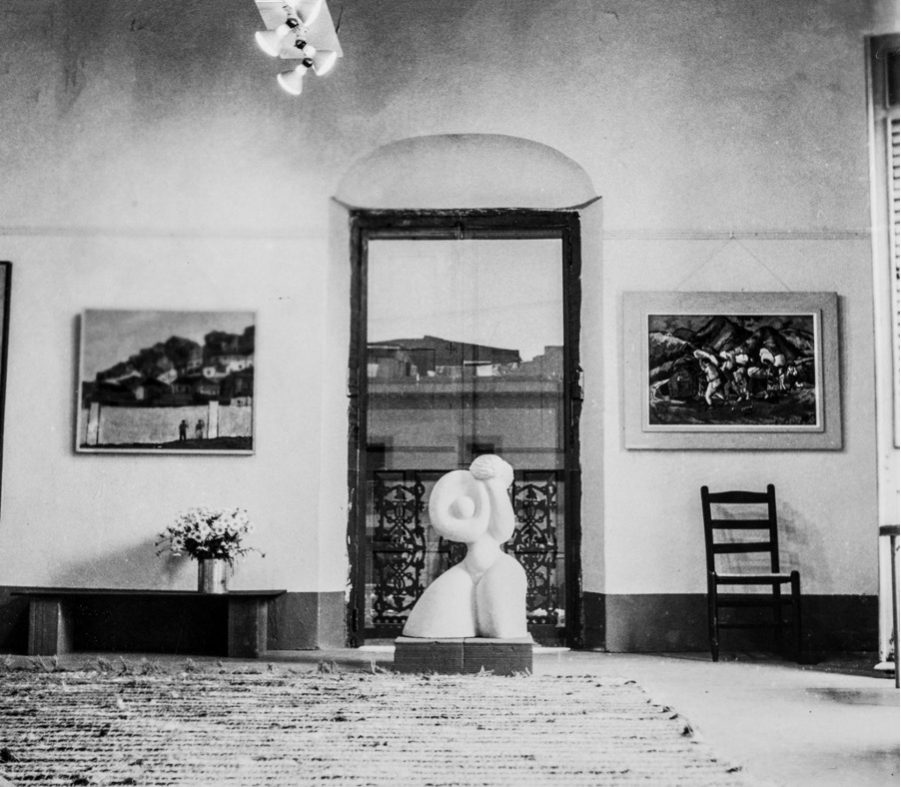Resumen: El Centro de Arte Puertorriqueño, galería de arte y espacio creativo, fundado en 1950 y conocido por sus siglas (CAP), presentó una propuesta plástica transicional hacia la nueva definición del arte moderno e identitario en Puerto Rico. La gestión de sus artistas fundadores ha sido motivo de numerosas exposiciones y ensayos que demuestran la importancia de su fundación. Entre los eventos relevantes del Centro se celebraron exposiciones, talleres de arte y la publicación de portfolios gráficos asociados a la identidad puertorriqueña y su definición. A pesar de la notoriedad del CAP, hasta el momento no se habían identificado fotografías que definieran la distribución y objetivos de sus facilidades. Después de 73 años de su fundación, el historiador José Correa Vigier rescató las primeras imágenes que ilustran los interiores del CAP, algunos de sus miembros fundadores y asociados, y el contexto y propósitos de sus espacios.
Abstract: The Puerto Rican Art Center, an art gallery and creative space, founded in 1950 and known by its initials (CAP), presented a transitional plastic proposal towards the new definition of modern art and identity in Puerto Rico. The management of its founding artists has been the reason for numerous exhibitions and essays that demonstrate the importance of its foundation. Among the relevant events of the Center were exhibitions, art workshops and the publication of graphic portfolios associated with the Puerto Rican identity and its definition. Despite the notoriety of the CAP, up to now no photographs had been identified that would illustrate the distribution and objectives of its facilities. After 73 years of its foundation, the historian José Correa Vigier rescued the first images that illustrate the interiors of the CAP, some of its founding members and associates, and the context and purposes of its spaces.

